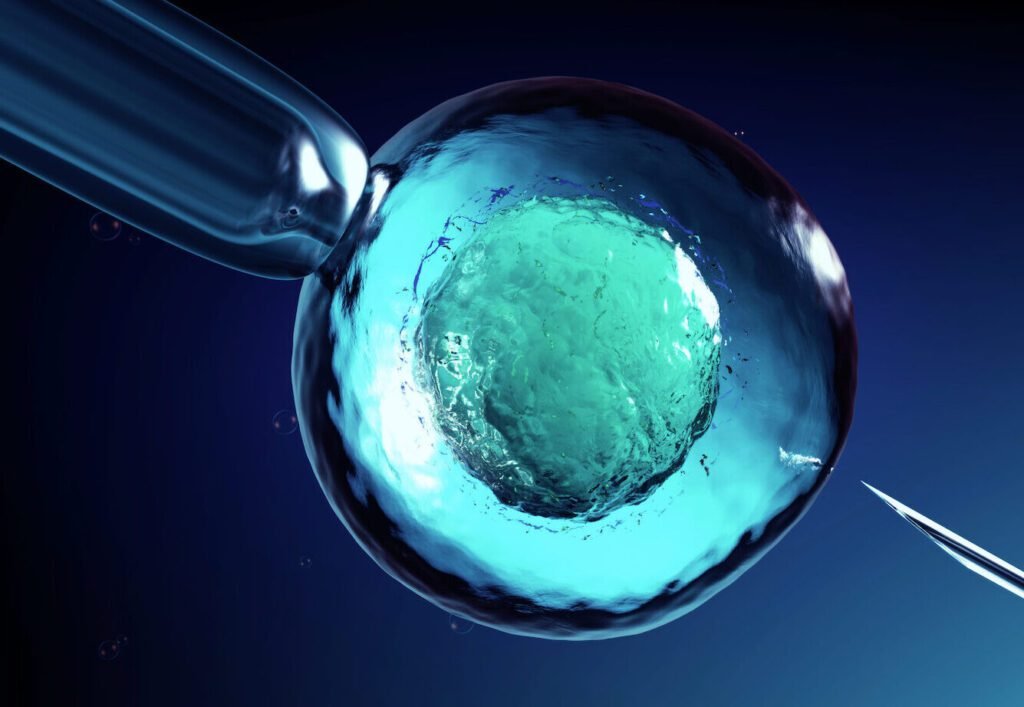The new study shows that rhesus macaques (macaw) was successfully cloned using somatic cell nuclear transfer (SCNT) and survived for more than 2 years. Although this study records only one successful replication in rhesus macaques, the findings have the potential to improve our understanding of the processes involved in reproductive cloning in primates and improve its effectiveness.
Research paper “Elucidation of the reprogramming mechanism and application of trophoblast replacement in monkey somatic cell nuclear transfer,” was published. nature communications.
A short history of non-human primate cloning
Recently, wild-type and gene-edited cynomolgus monkeys (cynomolgus monkey) was successfully cloned using SCNT. Despite previous attempts using the same protocol to clone cynomolgus monkeys, achieving this goal remains difficult. Successful long-term survival of SCNT cloned rhesus macaques is of great importance as these non-human primates (NHPs) are widely used for basic and clinical research.
In 1997, rhesus monkeys were successfully cloned using donor cells, blastomeres from early-stage embryos. It is noteworthy that until recently there were no SCNT cloned rhesus macaques that were viable postnatally. Still, recent reports document the birth of rhesus macaques with cloned somatic cells that survive for less than 12 hours after birth.
Cloning by trophoblast replacement
With traditional cloning methods, birth rates for most mammalian species are very low, ranging from 1% to 3%, although slightly higher birth rates (5 to 20%) are observed in cattle. Along with low survival rates, developmental abnormalities have been discovered in SCNT cloned animals, primarily in the extraembryonic lineage.
Previous studies have explored the feasibility of trophoblast exchange techniques to achieve parturition, but its effectiveness in improving bovine cloning efficiency has been limited. In particular, defects in the trophoblast cell lineage have been found to impact the development of cloned mice.
In this study, researchers from the labs of Falong Lu, Zhen Liu, and Qiang Sun aimed to improve cloning efficiency in rhesus macaques. Co-lead authors Zhaodi Liao, Jixiang Zhang, and Shiyu Sun conducted a comparative analysis of multi-omics datasets, comparing embryos obtained from intracytoplasmic sperm injection (ICSI) and embryos obtained from SCNT.
Their study shows that monkey blastocysts produced with SCNT have a global reduction in DNA methylation and an absence of genetic imprinting inherited from the mother. They report that this loss of imprinting persists in cultured SCNT embryos. in vitro SCNT within the placenta up to embryonic day 17 and at term. Additionally, histological examination of SCNT placentas shows significant hyperplasia and calcification.
To solve these problems, researchers devised a strategy called trophoblast replacement (TR) (also known as SCNT-TR). This includes the use of the histone demethylase Kdm4d and the histone deacetylation inhibitor trichostatin A (TSA) in conjunction with therapy. The TR method involved injecting the inner cell mass (ICM) obtained from an SCNT embryo into a blastocyst (from which the ICM was extracted) derived from an intracytoplasmic sperm injection (ICSI) embryo. By employing this methodology, the researchers effectively achieved live delivery of robust somatic NT rhesus macaques, which have continued to thrive over two years since they compiled this study for publication.
These findings provide valuable understanding of the reprogramming process of monkey SCNTs and present a promising approach to primate cloning.

